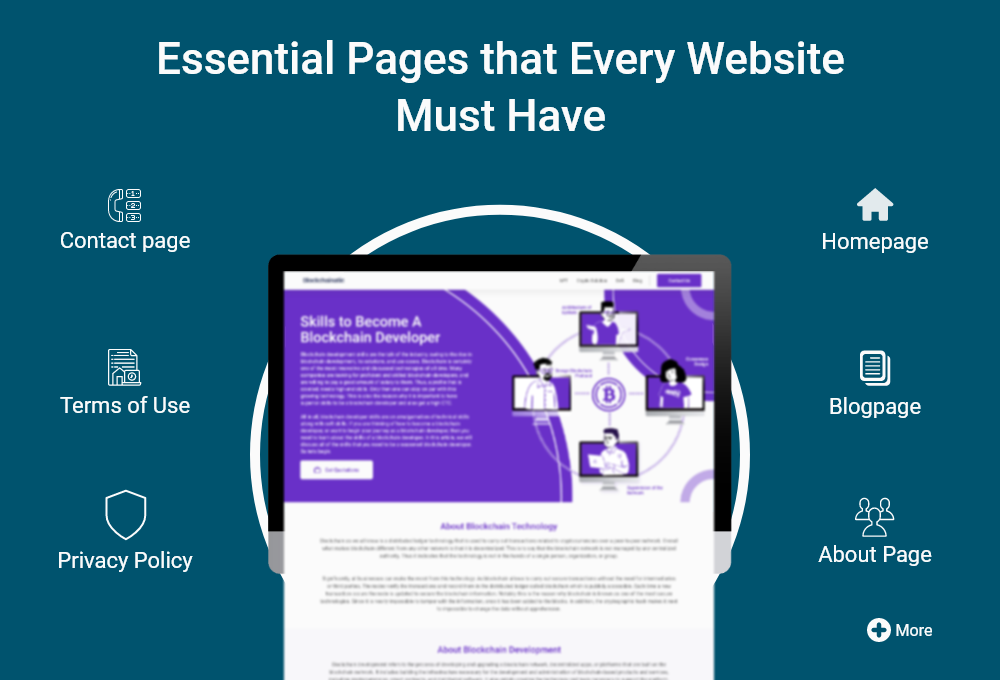Your Website Should Work as Hard as You Do: Unlocking the Potential of Your Online Presence
As business owners and entrepreneurs, we pour our hearts and souls into our companies, investing countless hours, resources, and effort to create a reputation, build a community, and drive revenue. However, it’s common for our websites to be left behind, functioning as an afterthought rather than a powerful tool to amplify our hard work. In today’s digital age, having a website that truly reflects our values, resonates with our audience, and generates leads is indispensable. In this article, we’ll explore the importance of a high-performing website, the common pitfalls to avoid, and actionable steps to transform your online presence into a game-changer.
The Silent Partner: Why Your Website Matters

Your website is often the first point of contact between your business and potential customers, investors, or partners. It serves as a 24/7 ambassador, working tirelessly to introduce your brand, showcase your expertise, and build trust. According to HubSpot, 75% of online users admit to making judgments about a company’s credibility based on their website design. This means a well-designed website can instantly elevate your reputation, while a dated or poorly optimized site can harm your image.
Beyond aesthetics, a high-quality website also plays a crucial role in driving conversions. Forrester Research estimates that 71% of online shopping experiences involve researching products or services on a mobile device, and most users expect a seamless, user-friendly experience when visiting a website. This increases the pressure on businesses to ensure their website keeps up with the times, catering to a fast-paced, globally connected audience.
Common Pitfalls: The Inevitable Roadblocks to Website Success
Before we dive into actionable tactics, it’s essential to acknowledge the most common obstacles hindering website performance:
- Inadequate Content: Vague, uninspired, or outdated content often fails to engage visitors, making it difficult for them to find what they need or establish a genuine connection with your brand.
- Poor Navigation and User Experience: If your website is clunky, slow, or confusing, users will vote with their feet – clicking away and losing trust in your company.
- Insufficient Search Engine Optimization (SEO): Without strategic SEO, your website risks remaining invisible to search engines, losing out on crucial visibility and online exposure.
- Non-Mobile Responsiveness: Failing to optimize your website for mobile devices will result in a subpar user experience, directly impacting engagement, conversions, and revenue.
- Website Neglect: Failing to update, maintain, or optimize your website can lead to technical issues, security vulnerabilities, and an overall sense of neglect, diminishing user trust and enthusiasm.
Revolutionizing Your Website: Key Strategies for Success
To transform your website into a high-performing asset that genuinely reflects your business, focus on the following critical areas:
1. Develop a Compelling Content Strategy
Transcend superficial marketing messages by crafting authentic, engaging, and informative content that truly resonates with your target audience. This can include storytelling, in-depth information on your services or products, customer testimonials, and employee spotlights. According to Content Marketing Institute, 92% of marketers believe that content marketing is more effective than paid advertising, with 78% viewing it as key to overall marketing strategy.
2. Optimize for User Experience
Prioritize clarity, simplicity, and ease of navigation by streamlining your website’s structure, color scheme, typography, and layout. This will ensure users can quickly find what they need and make informed decisions. Use Google’s Mobile-Friendly Test to check the responsiveness and compatibility of your website across various devices.
3. Leverage SEO
Invest in solid SEO principles to ensure your website ranks high in search engine results, attracting targeted traffic and generating valuable leads. Stay up-to-date with the latest search engine optimization techniques, and consult with an expert if necessary.
4. Gather Insights through Analytics
Take advantage of Google Analytics to monitor your website’s performance, recognizing areas for improvement and measuring the effectiveness of your marketing strategies. Stay attuned to user behavior, trends, and changes to refine your approach and maximize results.
5. Establish a Consistency and Quality Control
Regularly review, update, and fine-tune your website’s performance by addressing broken links, improving loading speeds, and staying on top of fresh, relevant content. This strategic maintenance enhances user trust and experience while driving ongoing business growth.
Execution Remains Key: Where to Start and Next Steps
To transform your website from a static resource to a productive business collaborator, follow these immediate next steps:
- Schedule an audit: Give your website a thorough technical and content assessment to pinpoint weaknesses and areas for expansion.
- Establish clear goals and audience personas: Identify specific objectives, user segments, and potential barriers to define an adaptive, result-driven content strategy.
- Define ongoing maintenance and optimization tasks: Regularly check for broken functionalities, conduct user feedback surveys, and coordinate content calendar shifts.
Unlock your website’s full potential by embracing these actionable suggestions and allowing your online presence to be your greatest ambassador. Collaborate with web professionals, stay committed to growth, and align your digital endeavors with a strategy that reflects your brand values and work ethic.
By taking these steps towards a cutting-edge, user-centric website, you’ll empower yourself and your website to succeed. It’s time to turn visitors into clients and clients into lifelong advocates.


